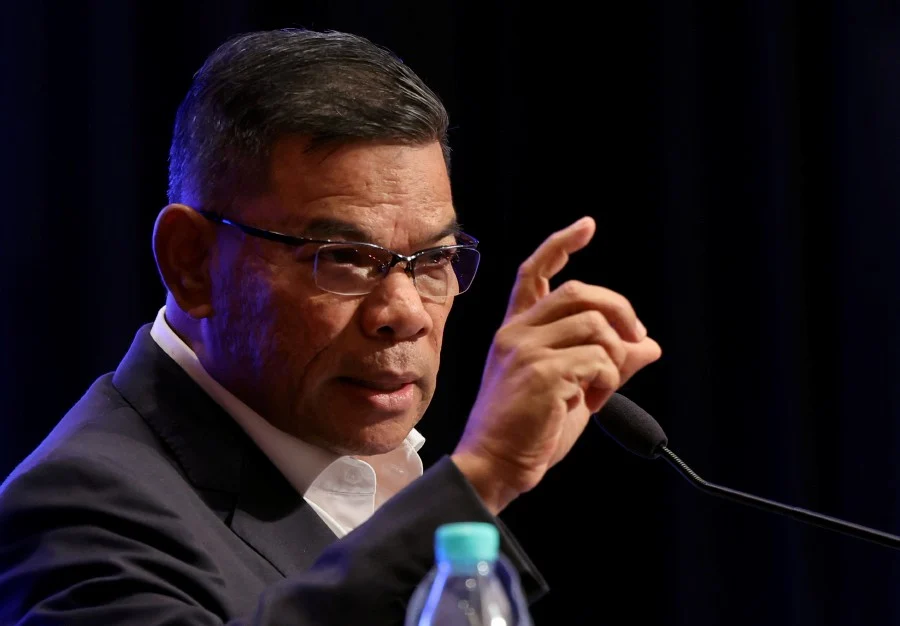TRANSPORT infrastructure development will remain a key focus of investment in Malaysia over the coming years with a focus to improve connectivity.
Fitch Solutions Country Risk & Industry Research derives at such prospect based on efforts highlighted by the 12th Malaysia Plan (12MP) to boost network of roads and railways, primarily to connect airports, ports, industrial areas and the main city centre.
“The Government will look to provide fiscal support, and strengthen the institutional framework and regulations around the sector to encourage investments,” opined the research house which is independent of Fitch Ratings.
“The logistics sector has been identified as a key economic growth area for the Malaysian government over the coming years, and will hence require improved port capacity as well as roads to support the trade flow of goods.”
Concurrently, the Government aims to improve connectivity with less-developed areas, primarily via highways and railways construction.
Towards this end, several states, including Sabah, Sarawak, Kedah, Kelantan, and Terengganu will be given priority with at least 50% of the development expenditure allocated to these regions.
For example, the plan targets the construction of 2,800km of paved roads to boost connectivity in rural areas, alongside several key projects including the Kota Bharu-Kuala Highway Krai (KBKK), West Coast Highway and the Central Spine Road.
“Two major rail projects, the Gemas-Johor Bahru Electric Double Track (GJB) and the East Coast Railway (ECRL) will also continue to receive accelerated support,” noted the research house.
“This is in line with our view for growth in Malaysia’s transport infrastructure sector to outperform the wider construction market over the course of the decade, underpinned by its robust pipeline of transport projects.”
Elsewhere, Malaysia’s stronger drive towards sustainability and accelerating green infrastructure also poses an upside risk to Fitch Solutions’ energy and utilities forecasts, particularly for renewables.
“Our Power Team expects robust growth in non-hydro renewables capacity over the coming decade, particularly as it replaces retiring thermal power plants,” projected the research house.
“That said, we have yet to factor this development into our forecasts given that there has yet to be any specific actions to further incentivise growth beyond what we currently expect.”
With coal-fired projects already been facing headwinds in the market as it gets increasingly difficult to build them from environmental oppositions and reduced availability of financing, this merely reaffirms Fitch Solutions’ bearish outlook for coal-fired projects in the pipeline. – Oct 12, 2021









